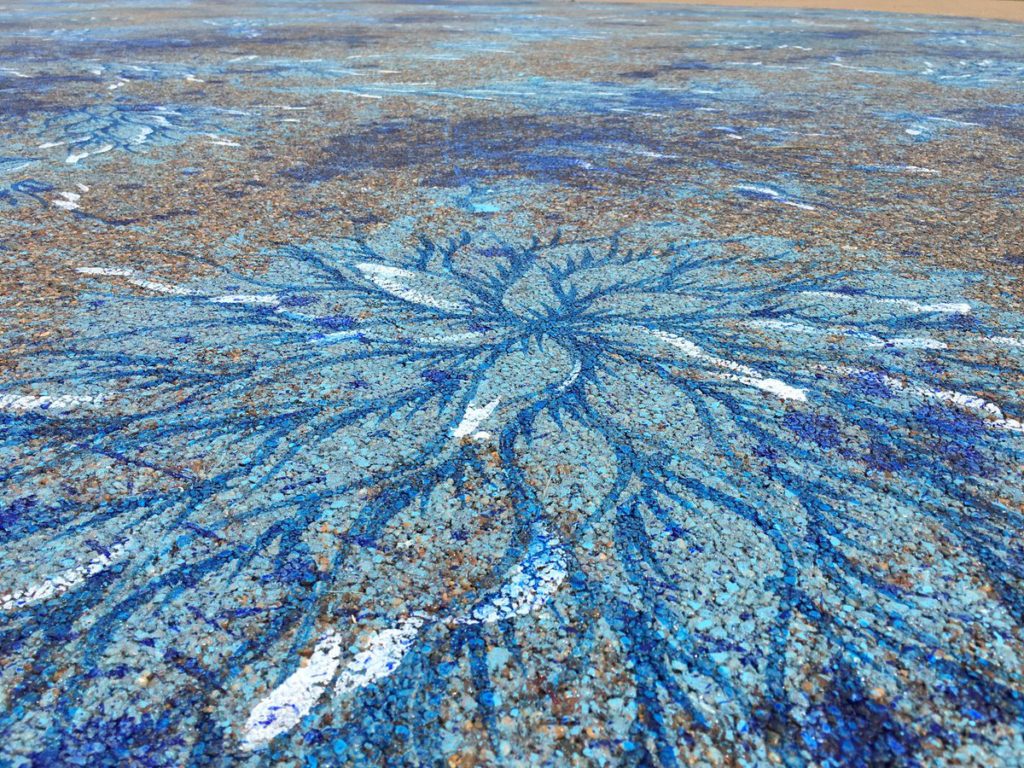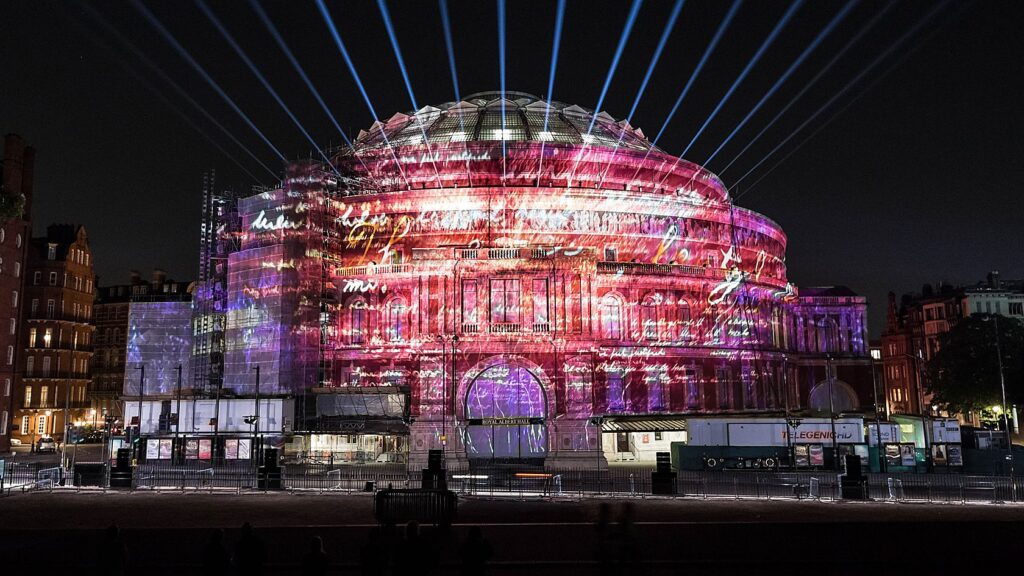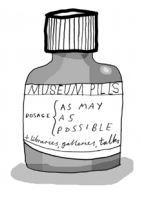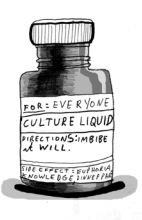Evaluation
Category:UncategorizedI evaluate, monitor, and artistically assess a wide portfolio of major projects and exhibitions.

Lead Consultant, Physical Energy consultation
Collaborated with Morris Hargreaves McIntyre to deliver a major consultation for the Watts Gallery Trust on the placement of the 4th cast of Physical Energy. More on this case study here. (2022)

Evaluator, Artists Make Space
Funded by the British Council, Artists Make Space is a major new international collaboration pairing seven Bangladesh based artists with seven UK based artists to co-create new multidisciplinary works. More on this case study here. (2022)

Quality Assurance Associate
Project monitoring of a major Public Engagement grant of £1.8 Million by the Wellcome Trust awarded to Pestival, an international arts festival dedicated to raising awareness of insects in the natural world. (2016-17)

Quality Assessor
Arts Council England used quality assessments to help develop a broader evidence base to inform funding decisions. Exhibitions/events I assessed include:
- Treasures from the Thames Festival (2017) (Local community performance by Anna Fiorentini Film & Theatre School), Museum of London, Docklands
- Object Lessons (celebrating the scientific model and illustration collection of George Loudon) (2017), Manchester Museum
- Liverpool Arabic Arts Festival (2017), World Museum
- ‘Genecraft: Art in the Biogenetic Age’ (2017), Birmingham Open Media gallery.
- ‘Brain Diaries: Modern Neuroscience in Action’ (2017), University of Oxford Museums.
- ‘Somalis in Bristol: Where Are We From and Who Are We Now?’ (2017), M Shed.
- ‘Alice in Wonderland’ (2016), Tyne & Wear Archives & Museums
- Participatory events and artistic installations on the theme of the Industrial Revolution, produced by Meadow Arts in conjunction with Ironbridge Gorge Museum Trust, East Midlands (2015).

- William Blake: Apprentice & Master’ exhibition (2015) at Ashmolean Museum of Art & Archaeology.
- Early years session for 2-5-year-olds at Booth Museum (Royal Pavilion Museums), Brighton & Hove Council (2015).
- Kurt Jackson’s art exhibition entitled ‘River’ (2014) at the Horniman Museums & Gardens, London.
- ‘No Borders’ exhibition (2013), a major exhibition of international contemporary art featuring artists from the Middle East, Asia and Africa at Bristol Museum and Art Gallery.

Specialist Assessor, Cultural Protection Fund
In partnership with the Department for Culture Media and Sport, the British Council launched a new £30 million fund to help to create sustainable opportunities for economic and social development through building capacity to foster, safeguard and promote cultural heritage affected by conflict overseas. The Fund aims to protect and preserve physical monuments and religious sites, as well as ‘intangible’ heritage: inherited traditions, beliefs and cultural identity, passed down through generations – all of which have been increasingly under threat in the Middle East and North Africa. I assessed applications as an independent reviewer and gave reccommendations for funding. (2016)

Artistic Assessor, 1418now
Commissioned by Morris Hargreaves McIntyre to assess specific programme elements as part of 1418now, a major national cultural programme to mark the centenary of the First World War, which included:
– An artistic installation by Imran Qureshi in Bradford at Cartwright Hall Art Gallery (2017)

– Five Telegrams: a music composition by Anna Meredith with visual projection mapping performed as the curtain raiser for the Proms at the Royal Albert Hall (2018).






